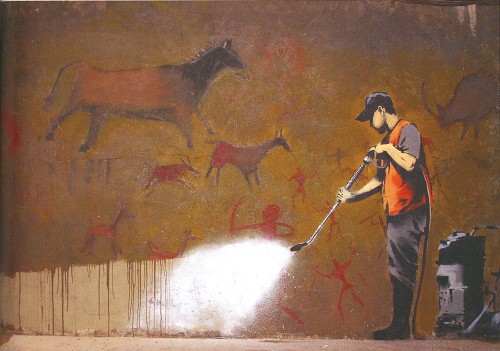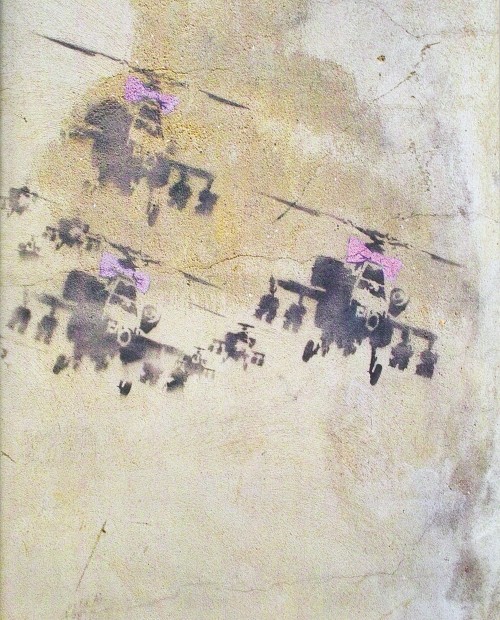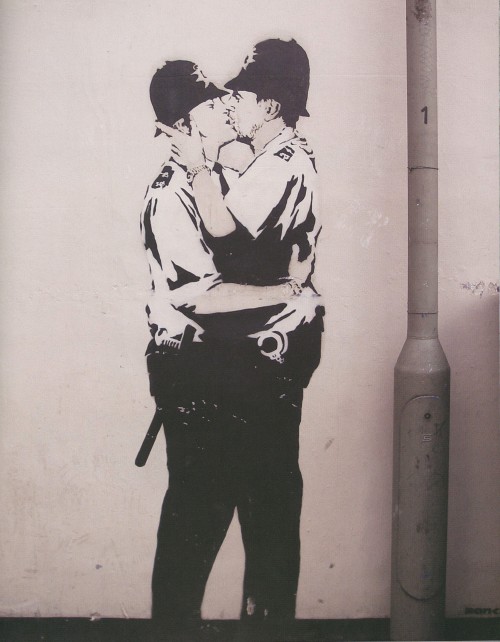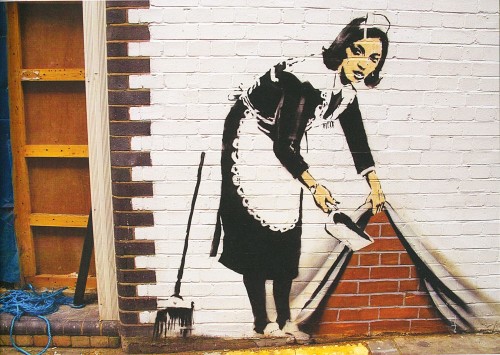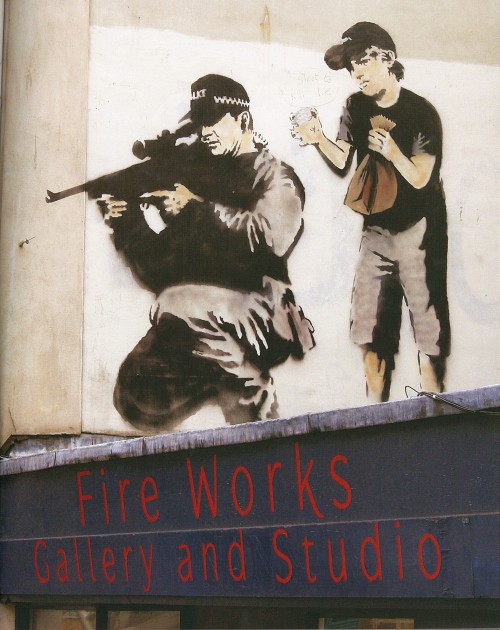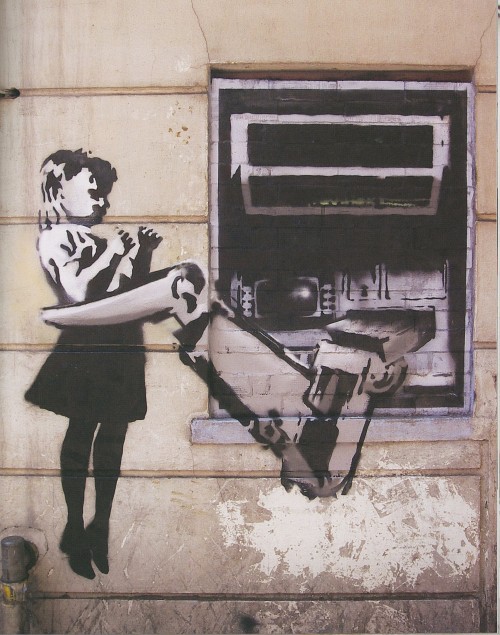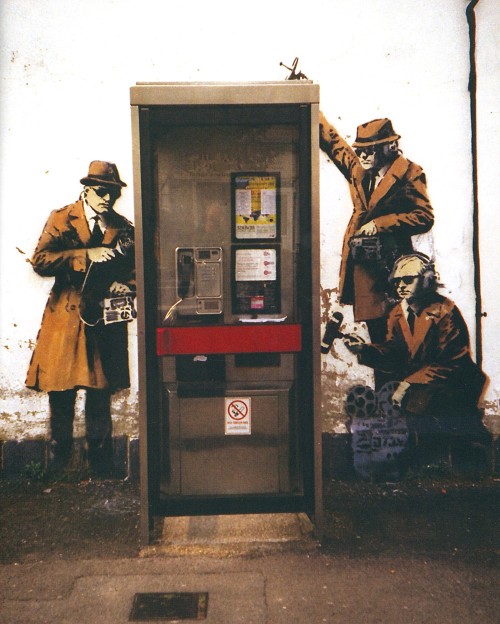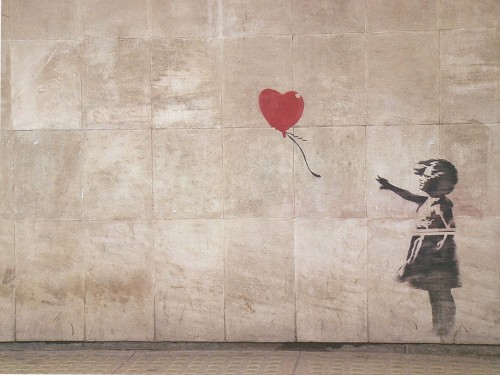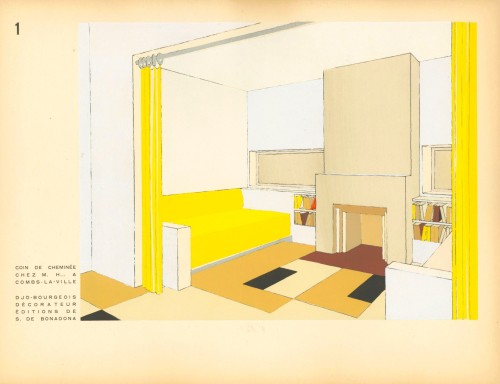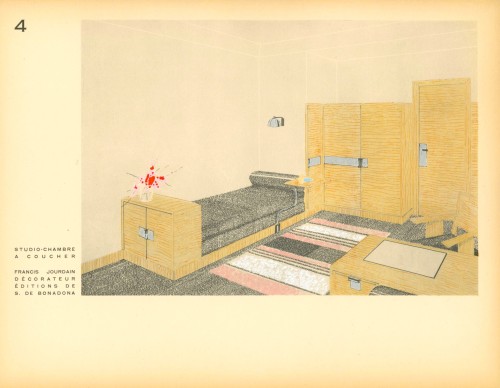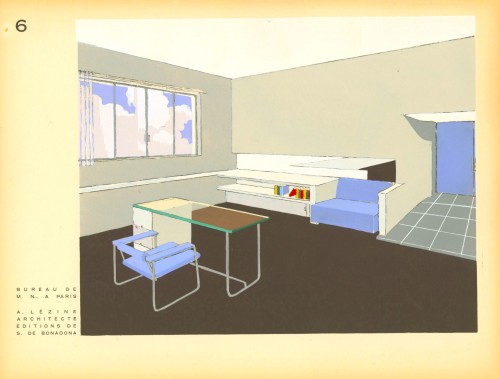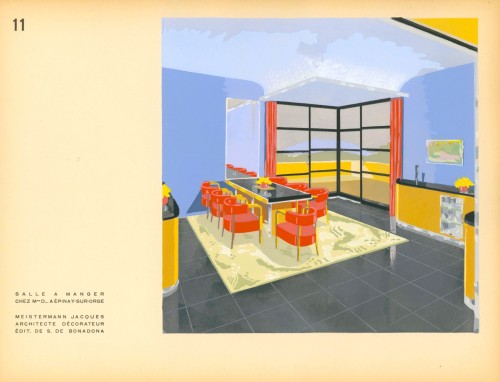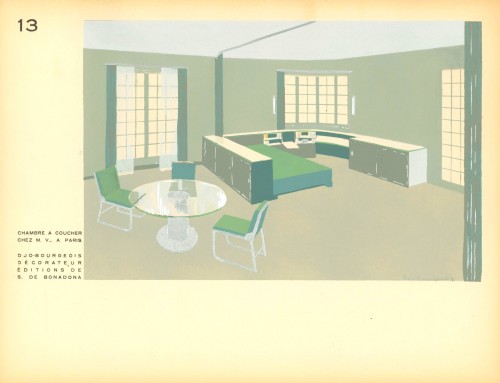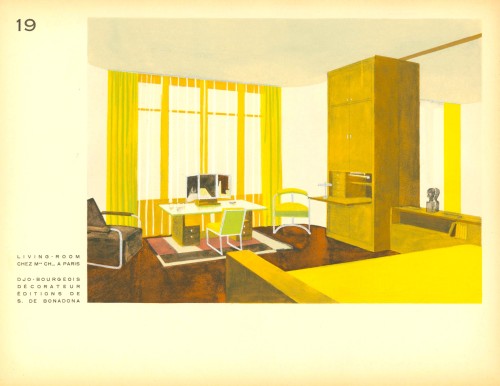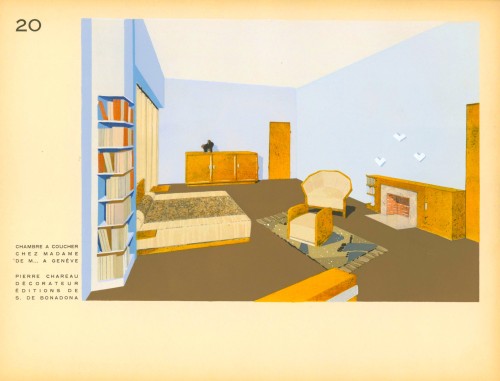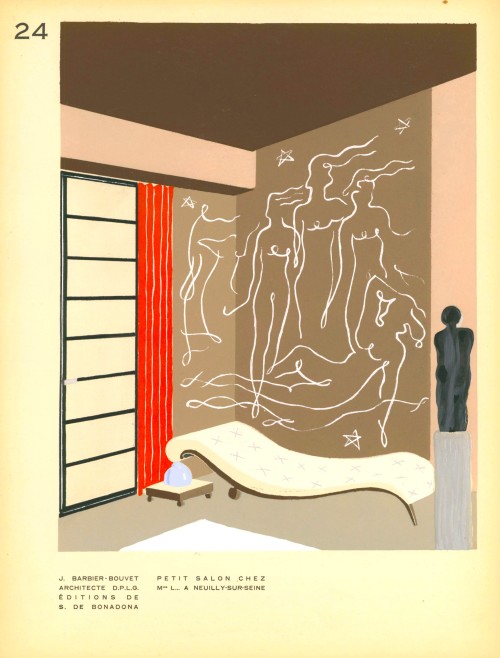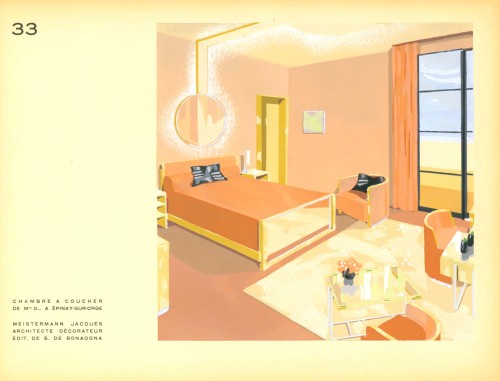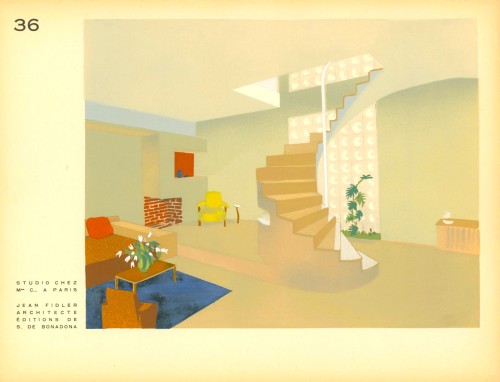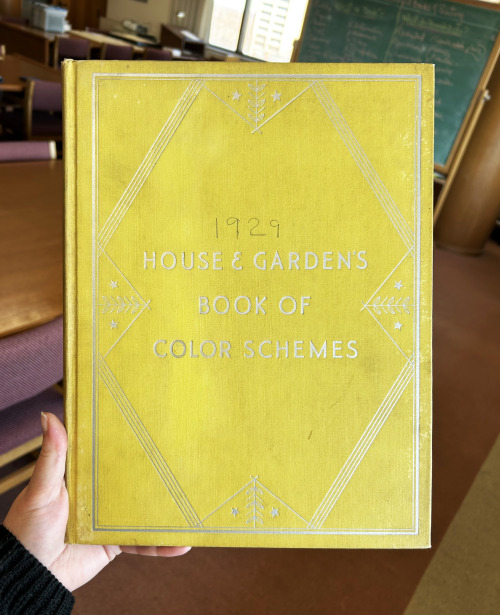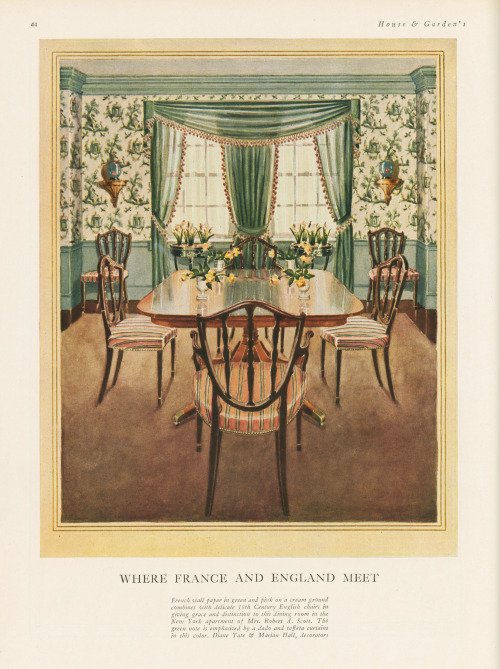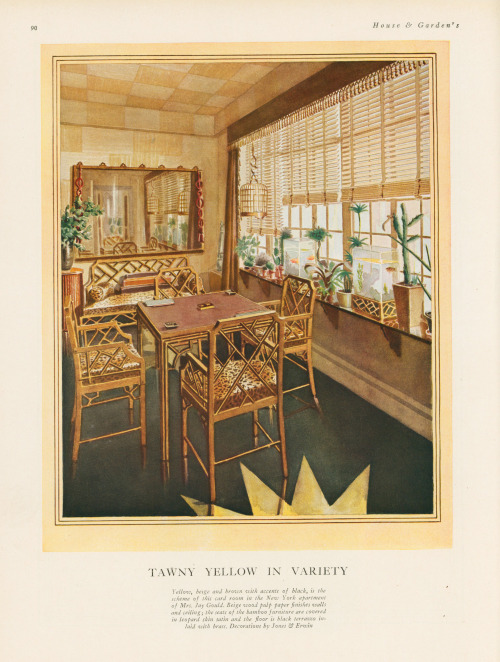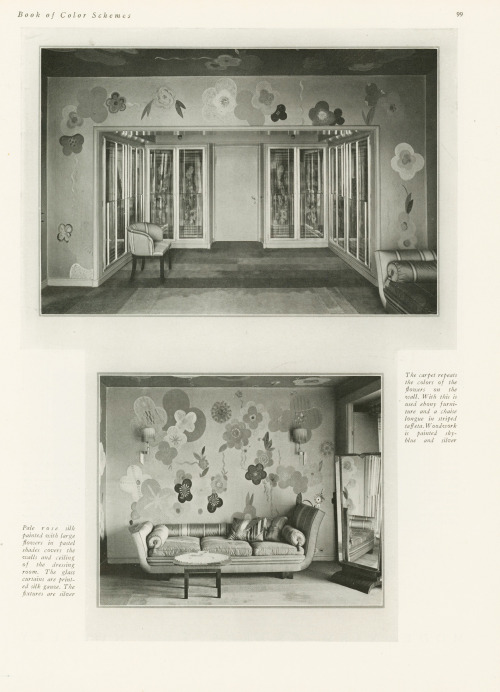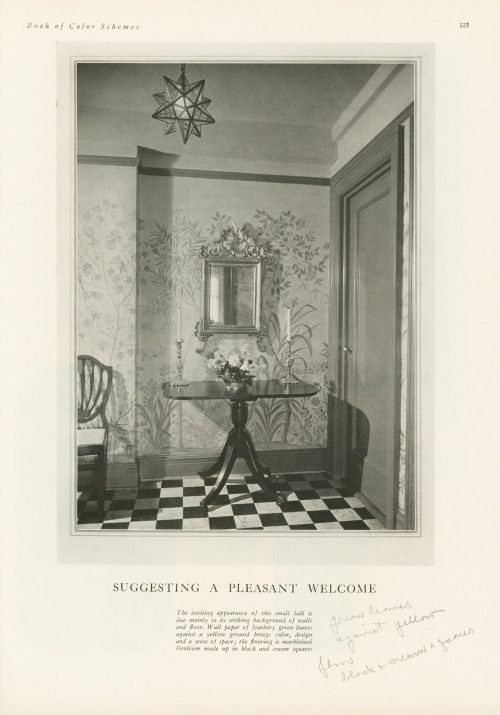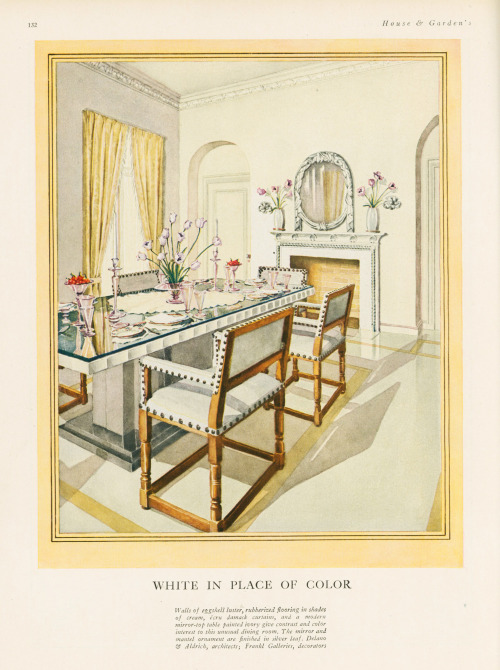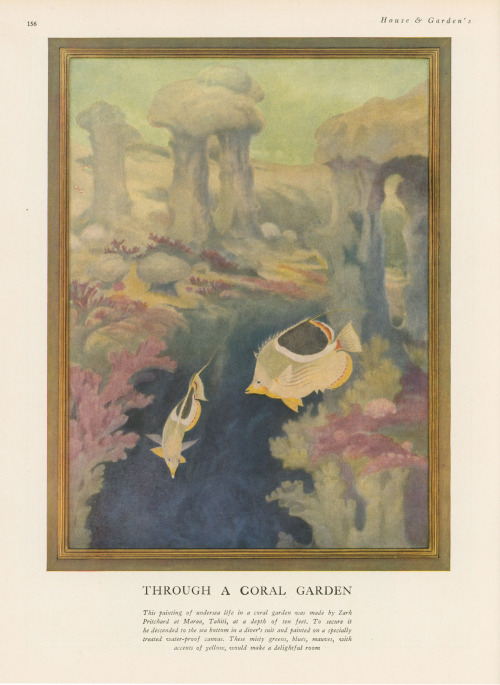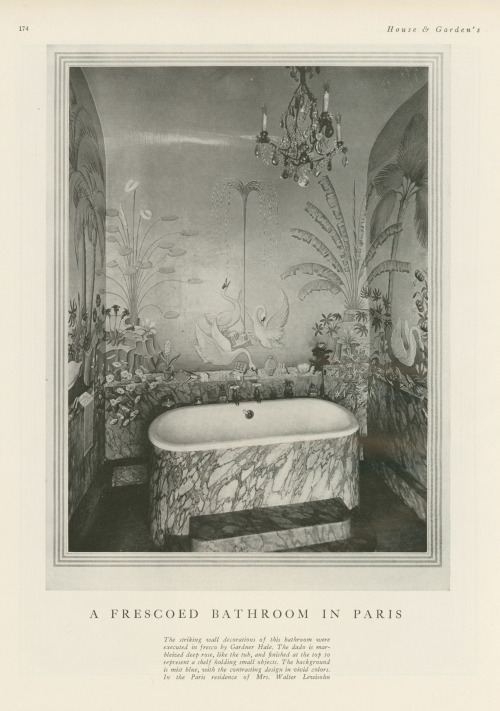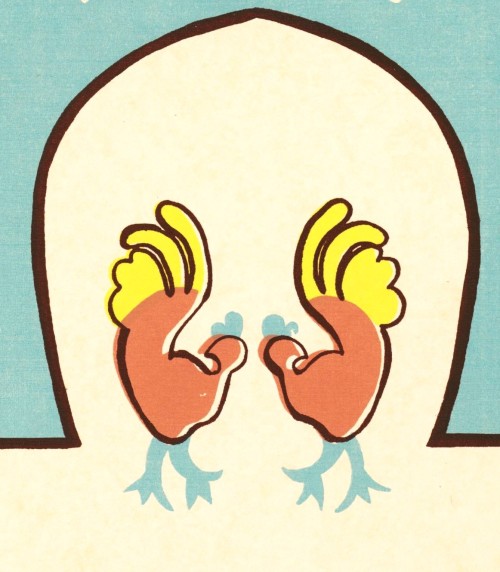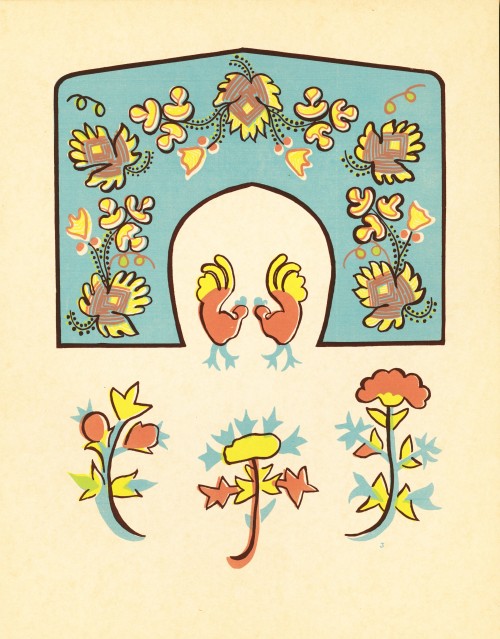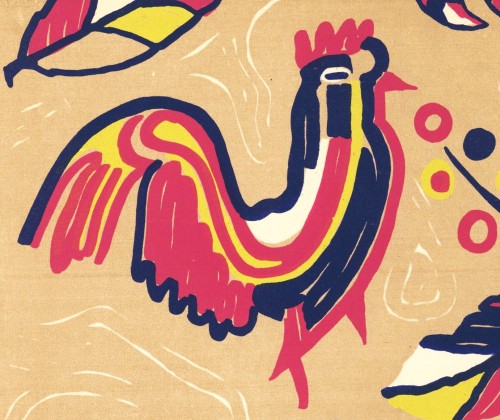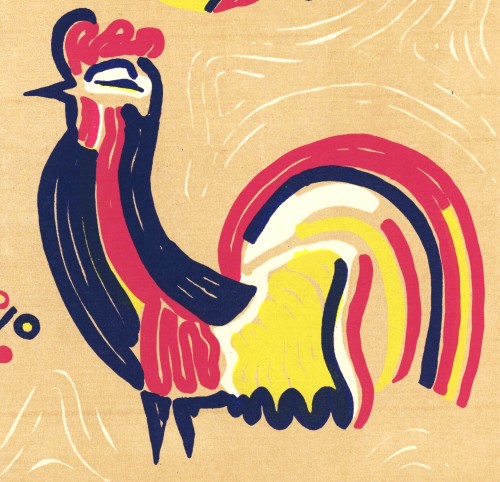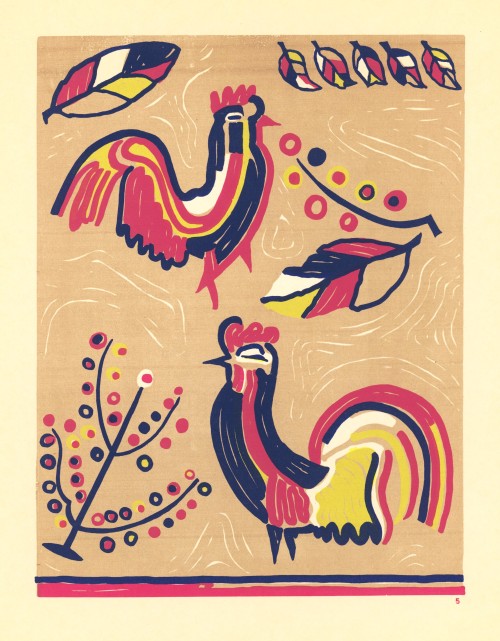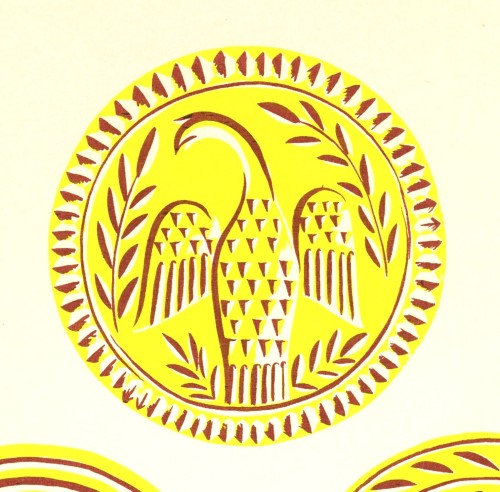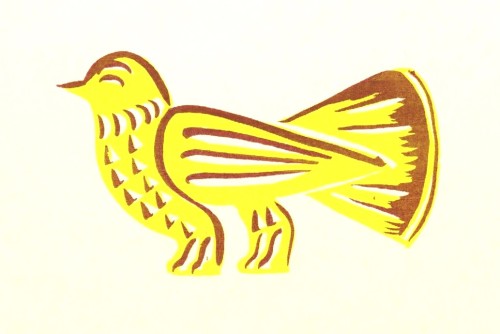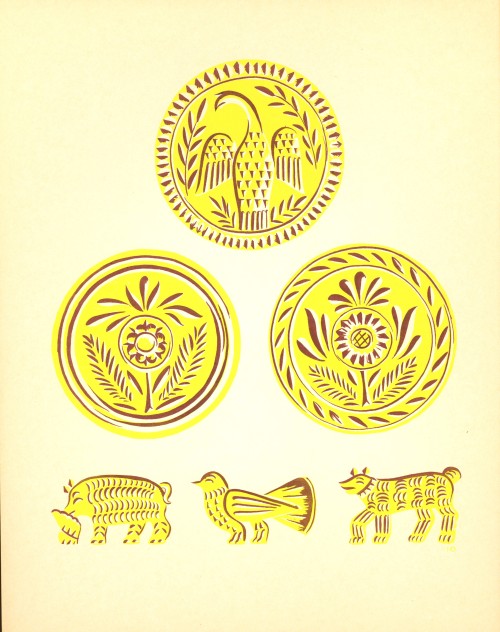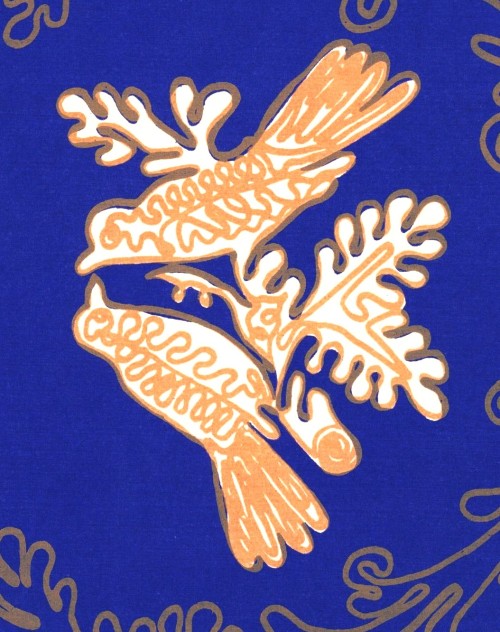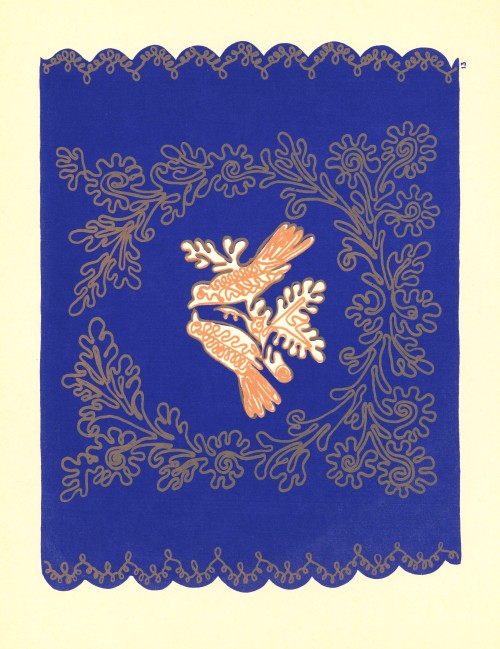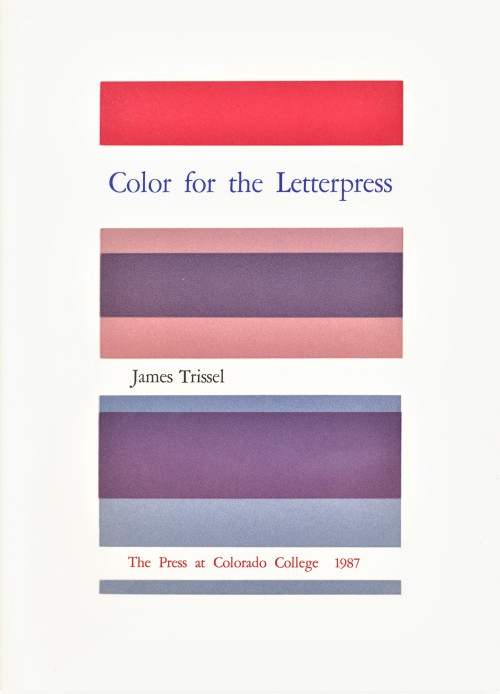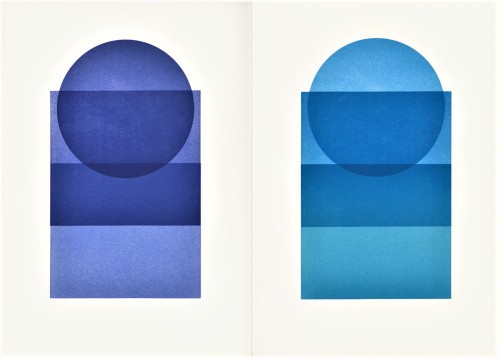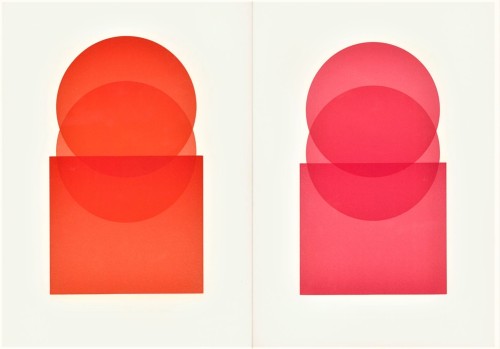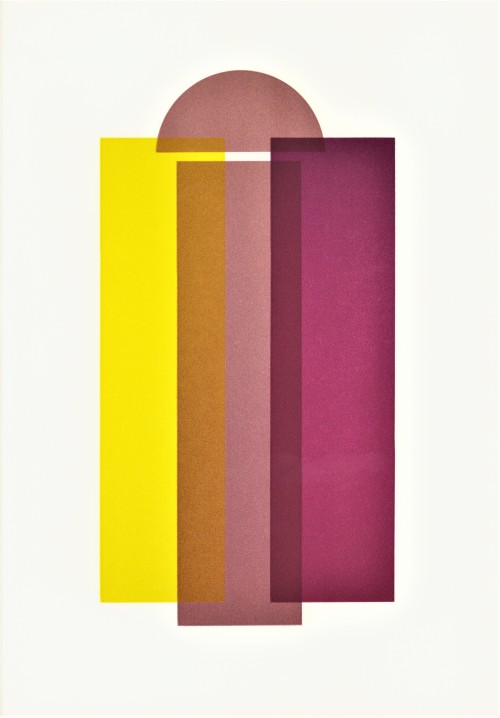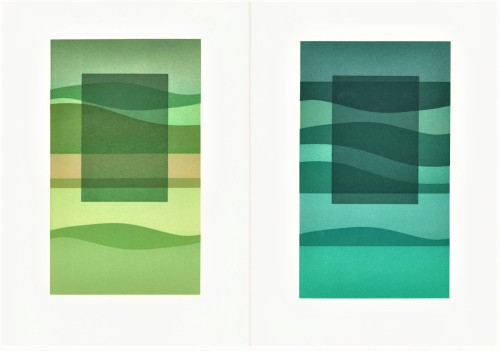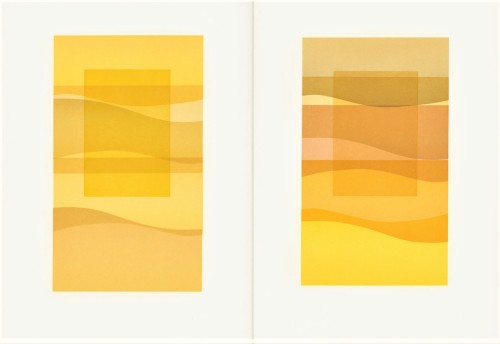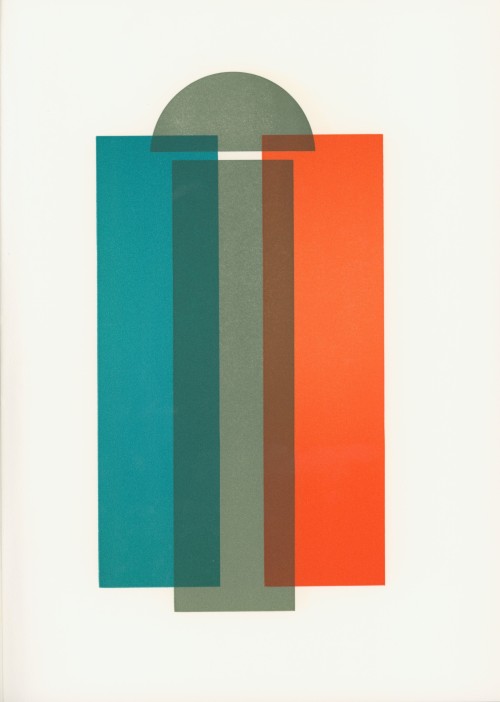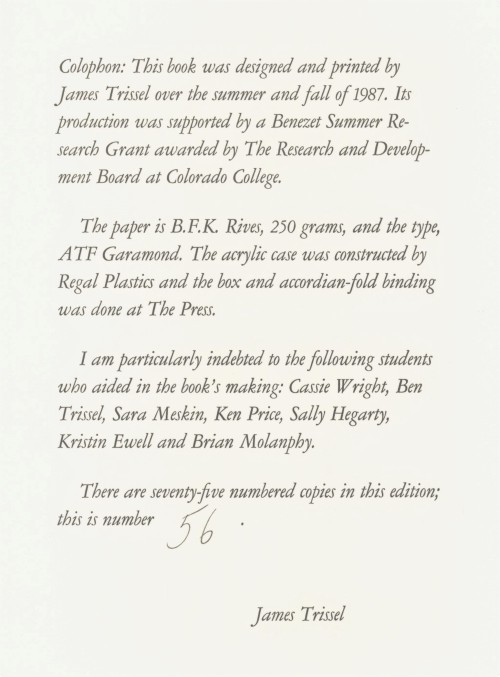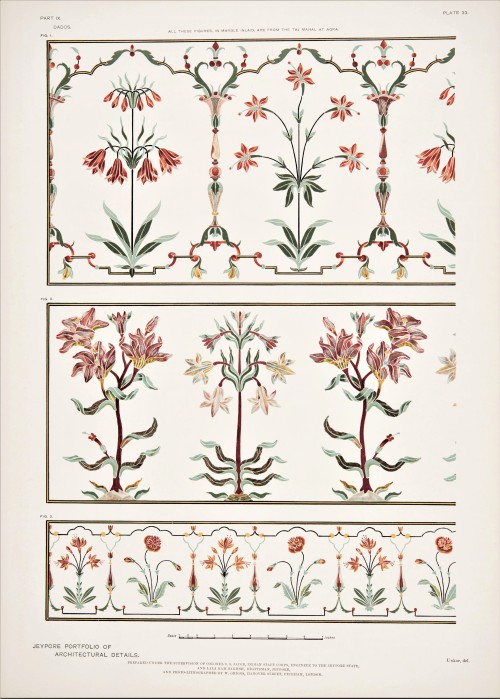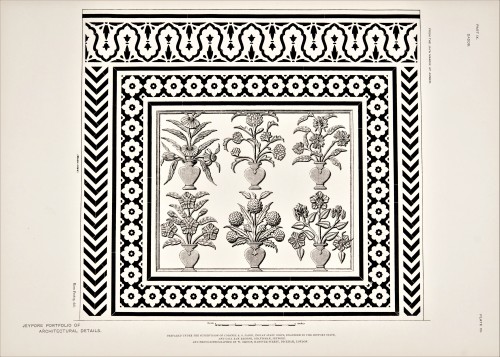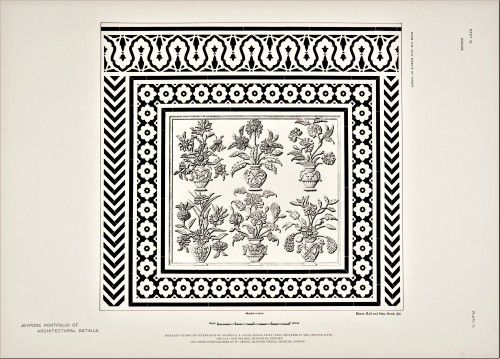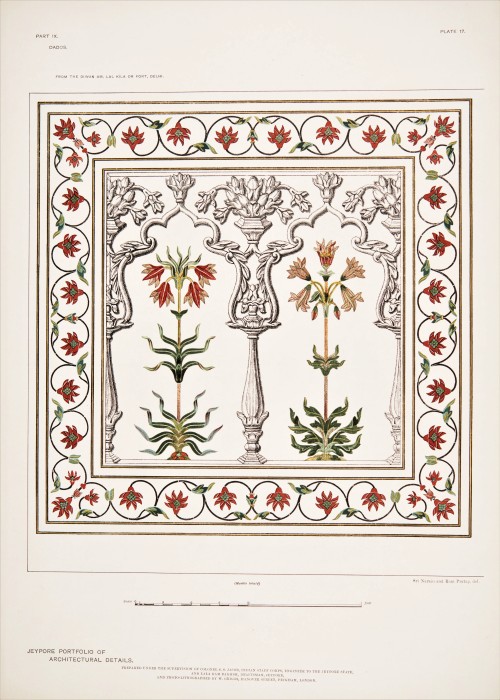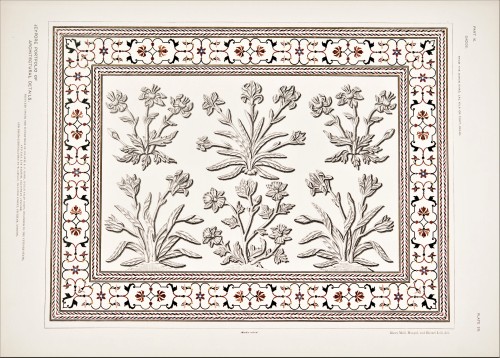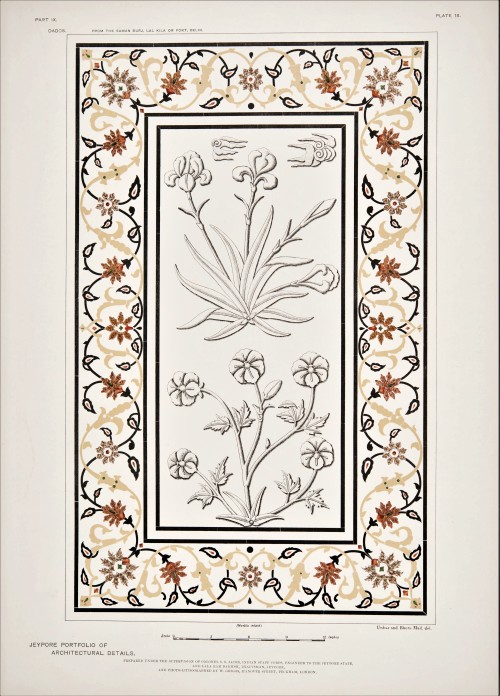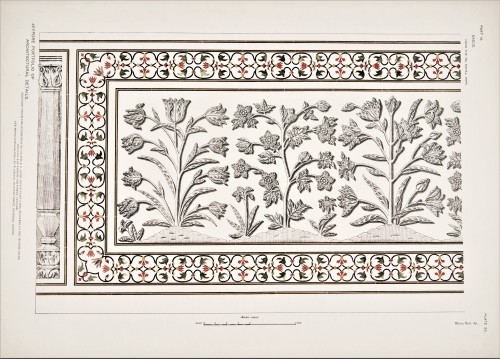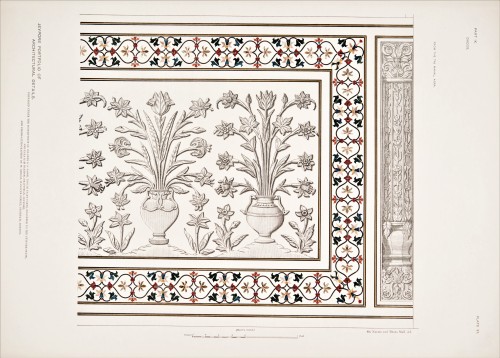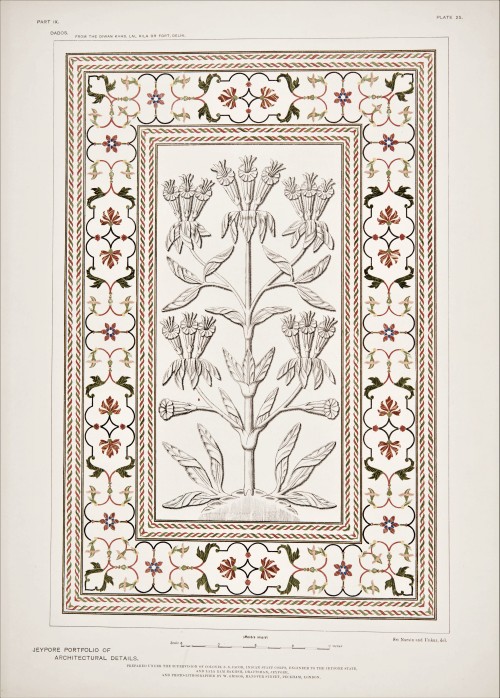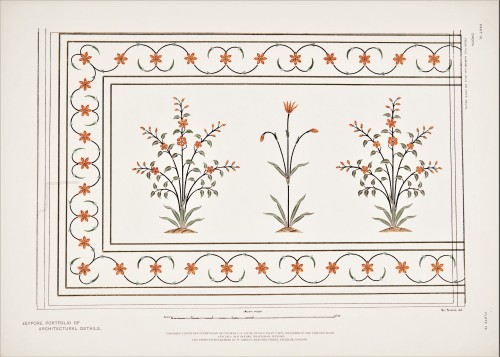Whitewashing Lascaux, 2008. Leake Street Tunnel, Waterloo Station, London. Created for the Cans Festival, a 3-day street art street festival hosted and organized by Banksy in a tunnel under Waterloo Station.
Happy Choppers, 2002. Hoxton, London. Produced during the “Operation Enduring Freedom” campaign in Afghanistan.
Kissing Coppers, 2004. Originally in Trafalgar Street, Brighton, UK. In 2011, it was cut out and shipped to New York to be sold by art dealer Stephan Keszler at a 2014 auction in Miami for $575,000. A replica has replaced the original.
Sweeping it Under the Carpet, 2006. Hoxton, London where it appeared on the side of the White Cube Gallery, but has since been buffed.
Girl Searching Soldier, 2007. Bethlehem, West Bank, Palestine. “Whilst the image is delightfully absurd, there is also a warning for Israeli occupying forces. One day, Banksy seems to be saying, our children will be investigating you for what you have done.”
Police Sniper with Boy, 2007. Bristol, UK, but in 2012 was painted over with black paint and replaced by another work, the Queen as David Bowie, by a different street artist.
ATM Girl, 2007. Exmouth Market, Finsbury, London. Created a few months before the biggest financial crash since the 1930s.
Eavesdropping, 2014. Cheltenham, UK, a sleepy, conservative, quintessentially English market town in Gloucestershire, but just three miles away from the Government Communications Headquarters (GCHQ).
Park, 2010. Downtown Los Angeles on the side of designer Tarina Tarantino’s showroom a few blocks from the Los Angeles Theatre, painted just days before the premiere of Exit Through the Gift Shop at the Theatre.
Photographer Rat, 2005. Islington, London. “Rats are a good role model … they have no respect for the hierarchy of society and the have sex 50 times a day.” – Banksy.
—————————————————————————-
Decorative Sunday: BANKSY
Decorative art, street art, fine art, political cartoon, all four? Where’s B**ksy?, an unauthorized selection of works by the infamous street artist by street art specialist Xavier Tapies published by Gingko Press in Berkeley, California in 2016, is the first survey of Banksy’s art career from 2002 to 2016. Arranged chronologically, every period has a double-spread world map showing where each of the stencils was painted, what happened to the work (destroyed/sold/auctioned/still there) as well as a summary of the direction Banksy’s art took in that period.
There is Always Hope, 2002. East staircase leading up to Waterloo Bridge, Southbank, London.
View more posts featuring Decorative Plates.

